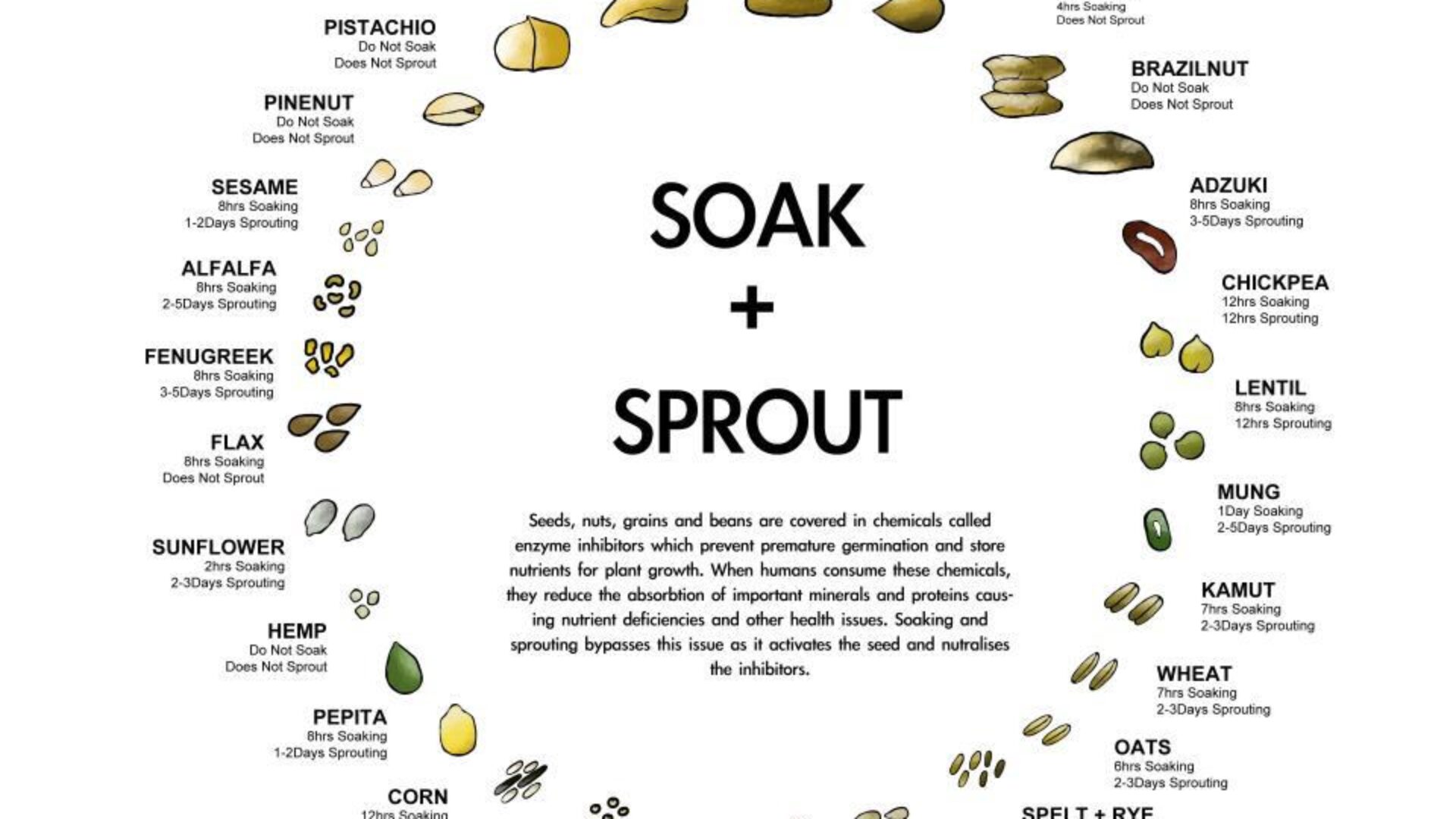Top 3 Habits Negatively Impacting Gut Health
When asked, many women don't believe they have digestive issues. However, if questioned further about experiencing symptoms like gas, bloating, acid reflux, constipation, diarrhea, or occasional abdominal pain, the answer is often yes. These symptoms are major indicators of digestive imbalance. Additionally, digestive distress may manifest in less obvious ways, such as sleep disturbances, joint or back pain, fatigue, or feeling constantly hungry even after a meal. Recognizing these signs is the first step in addressing gut health issues. Maintaining good gut health is crucial for overall well-being. However, certain habits can disrupt this balance, leading to digestive discomfort and other health issues. In this post, we'll explore…



